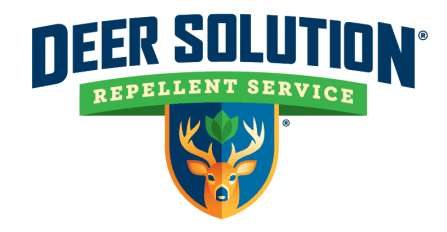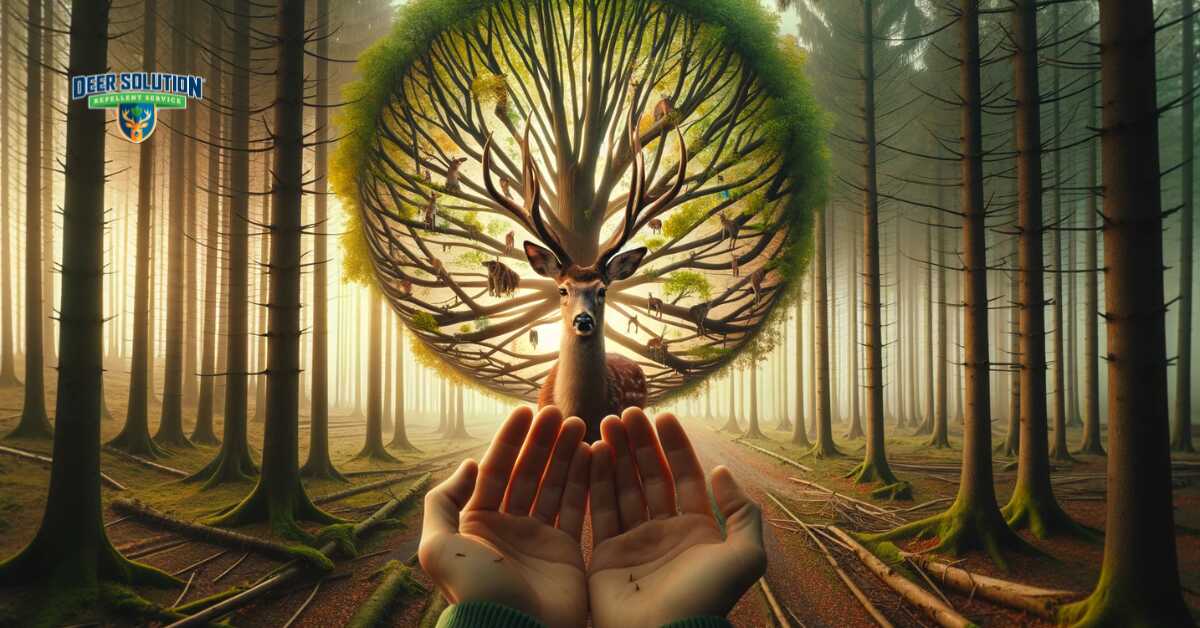In recent years, residents of Richmond County have noticed a troubling trend: the increasing damage caused by deer to the local environment. While these graceful creatures are a beloved part of the region’s natural beauty, their growing numbers have raised concerns about the ability of trees to recover from deer damage.
Deer is a common sight throughout Richmond County, adding to the county’s charm and drawing nature enthusiasts. However, their voracious appetite for vegetation, especially young trees, has started to pose a significant threat to the local ecosystem.
This article will delve into the latest news surrounding deer damage in Richmond County and explore whether trees can recover from this ongoing issue.
The Growing Impact of Deer Damage
Deer, known for their herbivorous diet, primarily consume leaves, twigs, and the bark of trees. While this behavior is part of their natural diet, the escalating deer population in Richmond County has led to a significant imbalance in the local ecosystem.
As the deer graze, they prevent young trees from growing and thriving. Experts have noted that the decline in tree regeneration directly impacts the forest’s health.
Without new growth, the forest becomes less resilient to environmental changes, such as disease outbreaks and climate fluctuations. This situation also endangers the habitats of countless other wildlife species, creating a ripple effect throughout the ecosystem.
Local Concerns and the Need for Action
The concerns over deer damage in Richmond County have not gone unnoticed. Residents and environmentalists have voiced their worries about the long-term consequences.
The question that often arises is whether trees can recover from deer damage and how the community can address this issue. Local authorities, in collaboration with environmental organizations, are working on strategies to mitigate the damage and restore the balance in the ecosystem.
These efforts include habitat restoration projects, controlled hunting programs, and public awareness campaigns aimed at reducing deer-human interactions.
The Science Behind Tree Recovery
To understand whether trees can recover from deer damage, it’s essential to explore the science behind tree regeneration and the extent of the harm caused by deer browsing. Trees have evolved to withstand various environmental stressors, including herbivore damage.
However, the extent of recovery depends on several factors, including the tree species, the age of the tree, and the severity of the damage. Young trees are more vulnerable and may struggle to recover if deer browsing is intense.
In contrast, mature trees are better equipped to handle occasional browsing. Tree species also play a critical role in recovery. Some tree species are more resilient than others and can bounce back from deer damage more effectively. Local experts are researching to identify the most vulnerable tree species and develop strategies to protect them.
Community Involvement and Conservation Efforts
One of the most promising aspects of addressing deer damage in Richmond County is the active involvement of the community. Residents, conservationists, and volunteers have come together to protect the environment and ensure the survival of their beloved trees.
Conservation efforts include planting deer-resistant tree species, erecting fencing around vulnerable areas, and supporting controlled hunting programs. These initiatives aim to strike a balance between preserving the deer population and safeguarding the local ecosystem.
The Role of Controlled Hunting
Controlled hunting is a controversial but effective strategy for managing the deer population and reducing their impact on the ecosystem. By carefully regulating the number of deer harvested, authorities can prevent overpopulation and the associated damage to trees and vegetation.
It’s important to note that controlled hunting programs in Richmond County are conducted responsibly and ethically, with a focus on conservation and wildlife management. These programs help maintain a healthy deer population while allowing trees and other vegetation to recover from the damage caused by excessive browsing.
Public Awareness and Education
Public awareness and education play a crucial role in addressing the issue of deer damage. Residents are encouraged to report incidents of deer damage to local authorities, which helps in identifying problem areas and implementing targeted solutions.
Additionally, educating the public about the importance of responsible deer management and the impact of overpopulation on the ecosystem fosters a sense of responsibility within the community. By understanding the delicate balance between wildlife and their environment, residents can actively participate in conservation efforts.
The Ongoing Battle
While the community’s efforts to mitigate deer damage are commendable, it remains an ongoing battle. The deer population in Richmond County is influenced by numerous factors, including food availability, predators, and environmental conditions.
As the community works diligently to protect their local ecosystem, they must also adapt their strategies to changing circumstances. The resilience of trees and the restoration of the ecosystem will require continued collaboration and dedication from all stakeholders.
Richmond County, North Carolina, is grappling with the challenges posed by deer damage to its local ecosystem. As the community rallies together to protect their beloved trees and restore the balance of nature, the question of whether trees can recover from deer damage remains at the forefront of their concerns.
Through conservation efforts, responsible hunting practices, public awareness, and scientific research, Richmond County is striving to strike a harmonious balance between its cherished deer population and the health of its forests. The ongoing battle against deer damage serves as a testament to the community’s commitment to preserving the natural beauty of their region for generations to come.







